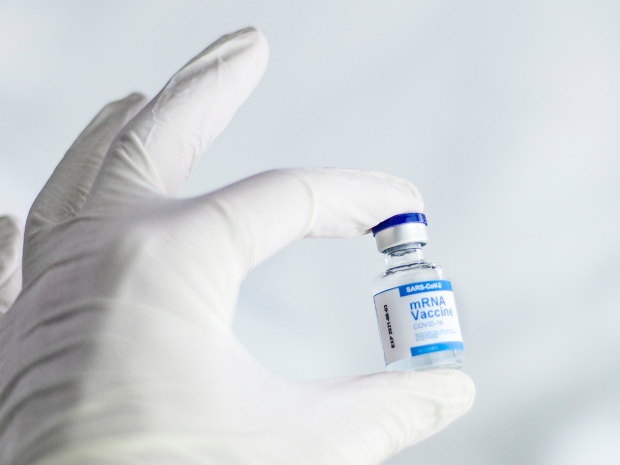Billions of pounds - largely from the public purse - go into researching and developing vaccines. And yet, argues Dr Jonathan Liebenau, we’re very much in the dark about who pays what, to whom and what they receive in return.
 Where does vaccine research money go? Image: Spencer Davis on Unsplash.
Where does vaccine research money go? Image: Spencer Davis on Unsplash.
In the five years leading up to the COVID-19 pandemic, about £2 billion was spent researching and developing vaccines for emerging infectious diseases.
In the year since, at least £5 billion has been committed, about half of which has come from the US. The associated cost for developing a vaccine for epidemic infectious diseases has been estimated at between £2 and £2.7 billion, but the reality is we do not know the exact amount.
“We still know too little about who pays for the research and development of our vaccines, who they pay it to and what they receive in return,” says Dr Jonathan Liebenau, Associate Professor (Reader) of Technology Management in the Department of Management.
“Some information is, of course, in the public domain, but it is notoriously difficult to understand, while other information is, at best, opaque if not deliberately secretive.”
It is this lack of transparency that has led Dr Liebenau to assemble a team of predominantly LSE experts to shed light on where the money to fund our vaccines goes, how it’s spent and what those receiving the funds get in return.
His team of five specialists, brought together in October last year, are from the medical sciences, public policy, data analysis and business studies, among others.
They are building on decades of extensive research on the management and finance of pharmaceutical manufacturers, the effects of regulation and the science of drug development. They will use knowledge maps that trace citations, patents and scientific collaborations, as well as medical informatics and artificial intelligence, to understand who funds our vaccines, who receives the funds and how they are spent.
Research from one of Dr Liebenau’s research assistants, Dr Sabrina Wimmer and her colleagues, traced the cost of the research that led to Oxford University’s contribution to the Oxford/AstraZeneca COVID-19 vaccine to more than £228 million, with the largest amount coming from overseas governments, including the EU at 46.3% and the UK government at 30.5%. However, this fails to include the cost of clinical trials, commercialisation expenses, contracts and much else.
The public interest advocacy think tank, KEI, has assembled a collection of relevant contracts that indicate that tens of billions of dollars of public money were spent in 2020 on supporting pharmaceutical companies in their development and commercialisation of COVID-19 vaccines.
“To understand where the money to fund our vaccines goes, you need scientific and technical knowledge, an ability to interpret public policy and an understanding of the business motives and the contracts that hold the system together,” Dr Liebenau says.
Sometimes, he says, the funds can be traced back to universities that receive grants or government institutions, such as the Medical Research Council’s laboratories in Mill Hill, north London, or the National Institutes of Health (NIH) laboratories in the US. Things become more opaque when funds are given to companies.
It can be extremely difficult, or even impossible, to follow the flow of funds for clinical trials, the cost of which often runs over £15 million each.
“In Britain, some funds come from the Medical Research Council, the NHS and often a mix of universities and companies, but foundations and philanthropic bodies, such as advocacy groups and medical charities, are also often involved,” Dr Liebenau says.
“Too little is known about how private philanthropies, especially the Bill and Melinda Gates Foundation and the Wellcome Trust, are structuring the agenda. We also need analytics applied to outcomes, such as the share-price effects for companies engaged in health emergency preparedness and response, and how such effects influence company strategies and the conditions for inter-corporate and university collaborations.”
“The fact that we know so little about how our vaccines are funded should worry us all,” he argues. “It is not just a matter of getting better returns on investments or even about the concessions and obligations of stakeholders,” Dr Liebenau says. “To prepare better for future health emergencies, we need to be able to understand how to incentivise vaccine producers for urgently-needed innovations and not rely on unaccountable gambles,” he says.
The commercialisation failure rate for vaccines has been estimated to be 94%. It’s in all our interests to ensure that goes down. By tracing where the money goes, Dr Liebenau and his team of experts, can also discover how resources can be allocated more efficiently - something that will benefit us all.
Dr Jonathan Liebenau leads LSE Tech, a research group in the Department of Management that looks at the internet and communications economics, technology policy and strategy.
Feature image: Spencer Davis on Unsplash.